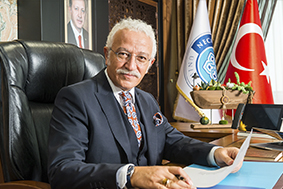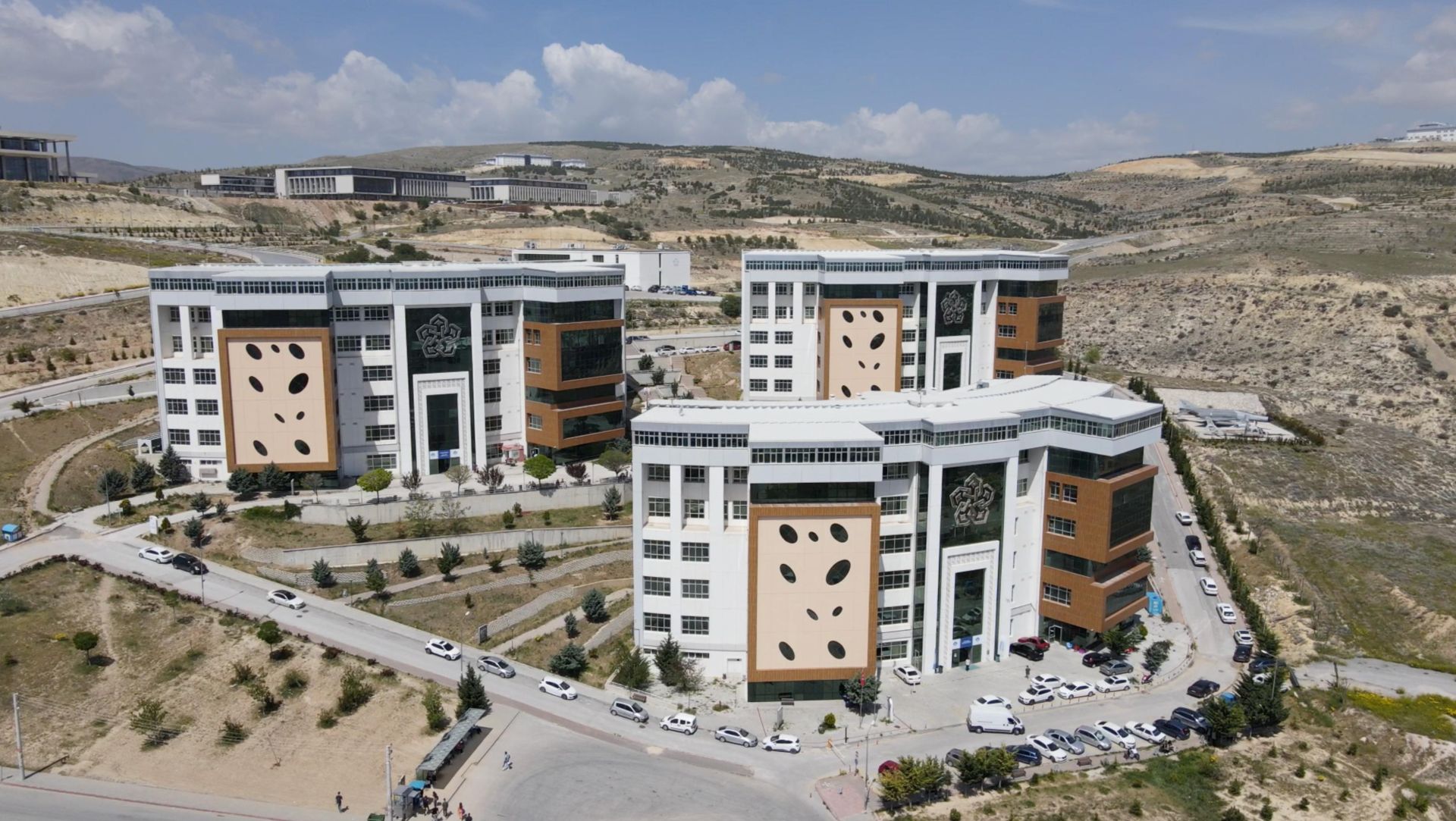Click here to access the list of bilateral agreements conducted by our university.
Click here for the bilateral agreement draft.
ISCED Codes
A Bilateral Erasmus Agreement is a letter of intent between two higher education institutions within the Erasmus program, outlining the conditions expected from each party. Both sides can mutually agree on changes to the agreement.
To carry out student and staff exchanges, bilateral agreements must be established at the faculty and department levels. The following points should be considered when creating these agreements:
What should be done?
The most effective method to find partners is through personal relationships. Academics at our university who have studied abroad can use the relationships they developed at the host universities to initiate Erasmus agreements. They can reach out to academic contacts they know from European universities.
Providing detailed information about our university and creating opportunities for face-to-face meetings with these contacts is extremely important.
Another step to find partners is personal initiatives at international conferences, meeting with representatives from various European universities, introducing our university, and developing relationships within the Erasmus framework.
1. Student Mobility (SM)
Within the Erasmus program, students (excluding first-year higher education students) at undergraduate, graduate, and doctoral levels can receive support (Erasmus grant) for 3–12 months at a university or higher education institution in another participating country based on bilateral agreements. Student mobility is most common at the undergraduate and graduate levels.
For student and staff exchanges, one of the parties in the Erasmus Bilateral Agreement must be from an EU member country. Currently, for non-EU countries like Turkey, the agreement requires the Turkish department/faculty to have a partner in an EU member country.
Students approved for participation apply to the international relations office (Erasmus Coordination Office) of the relevant institution for the next academic term. Selection among applicants is made based on bilateral agreements between universities, total exchange capacity, and funding, following the criteria set by the European Commission and the National Agency. Selected students make administrative and financial preparations according to the duration and destination of their stay.
Students are advised to improve their foreign language skills and maintain high overall grades. For undergraduate students, the minimum GPA is 2.20/4.00 (or 58/100), and for graduate/doctoral students, 2.50/4.00 (or 65/100). Selection is based on a weighted evaluation: 50% academic performance and 50% language proficiency. Selection is conducted by officially appointed Selection Committees, and National Agency staff may participate as observers. Students accepted into the program receive the Erasmus Student Charter, outlining their rights and responsibilities.
2. Staff Mobility (Teaching Staff Mobility – TS)
Erasmus provides support for teaching staff delivering short-term courses as visiting lecturers at partner universities in another European country. This support is intended to cover additional costs incurred while teaching abroad. Exchanges can last from 1 week (minimum 8 teaching hours) up to 6 months, with grants ranging from €800 to €5,000.
3. Organisation of Mobility (OM)
Erasmus provides support to higher education institutions to create optimal conditions for mobility programs. This ensures:
a) Students’ work and stay at partner institutions in other participating countries are fully recognized;
b) Teaching staff can deliver short-term courses integrated into the academic program as visiting lecturers without issues;
c) Implementation of ECTS (European Credit Transfer System) and Diploma Supplement (DS).
ECTS (European Credit Transfer System)
ECTS standardizes course and credit recognition across Europe, allowing students’ work abroad to be fully recognized by their home institution. Erasmus also supports the promotion, implementation, and dissemination of ECTS. Support mechanisms include:
-
Start-up grants for institutions not previously supported for ECTS;
-
ECTS Label for institutions properly implementing ECTS in all programs;
-
ECTS Credit Accumulation support;
-
ECTS/DS advisors and site visits if needed.
Diploma Supplement (DS)
Universities are encouraged to provide graduates with a supplement to their diploma detailing the content of their education. This document improves academic transparency and facilitates employment across Europe. It includes course transcripts and ECTS credits. In some European countries, the Diploma Supplement has already become mandatory.
Important Notes:
-
Bilateral agreements can always be made, but having them before the Erasmus University Charter approval is preferable. Without bilateral agreements at the department/faculty level, student or staff exchanges cannot occur under Erasmus, even if the institution holds the Erasmus University Charter.
-
Faculties only cover their own departments.
-
Agreements are updated regularly, so quotas may change.
-
We update agreements on our website on specific days of the week.
-
For more information, contact the Erasmus Coordination Office.






